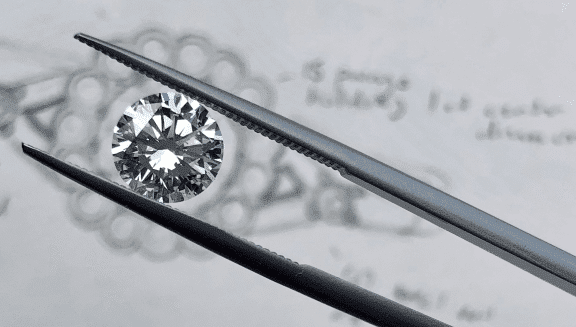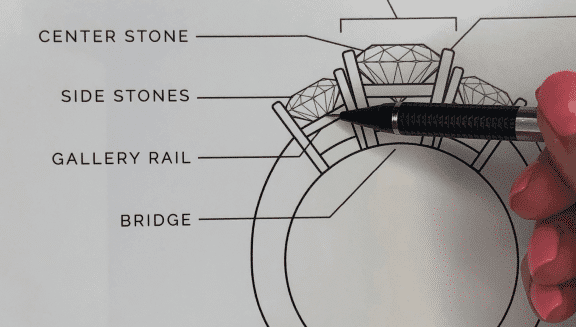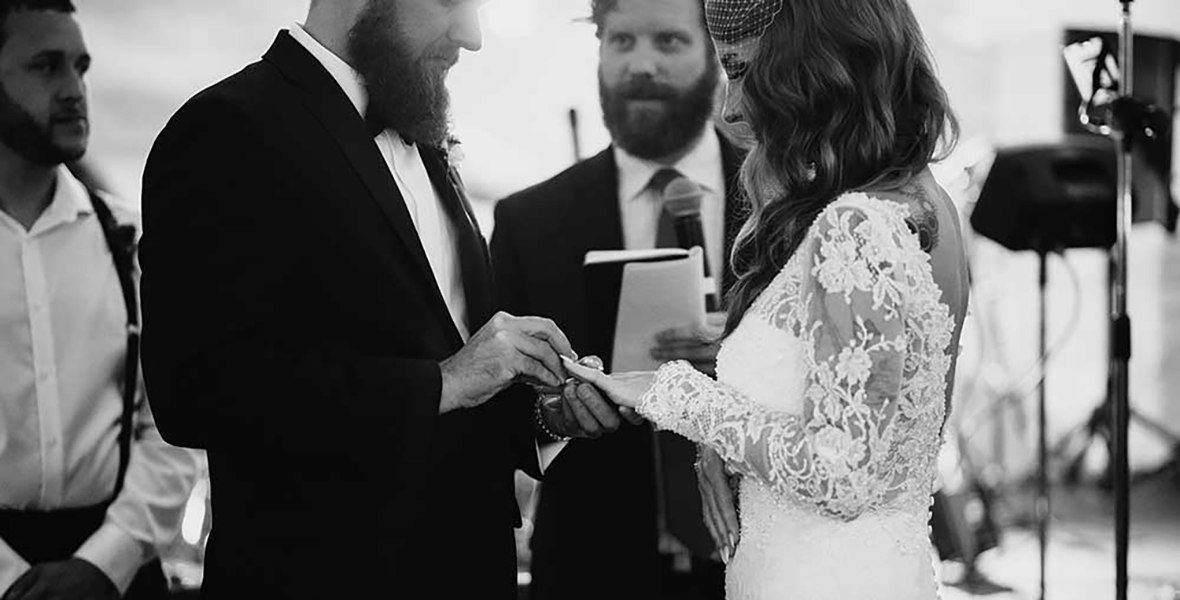Matching Wedding Bands: Do you have to match?
Shopping for an engagement ring and shopping for wedding rings are two distinctly different experiences. The former is typically steeped in mystery for one member of the couple, while the latter is more of a team effort; equal say, no surprises. When you both have endless choice and ample time to browse for, where to start? How about with this one potential point of contention; should you get matching wedding bands?
Symbolism of Matching Wedding Bands
Having matching wedding bands wasn’t even on the table for most couples until the last century. “Dual ring ceremonies,” where both partners exchange rings, began in 12th century Greece but didn’t take off in the United States until World War II. With young couples feeling the pressure to marry before new grooms headed off to war, couples exchanged rings so that they’d have a daily reminder of the spouse they would have no contact with for months on end. Matching rings became a way to further symbolize unity.
Do The Bride and Groom’s Wedding Bands Need to Match?
It’s up to the two of you. Wearing matching wedding bands is a traditional choice that makes a clear statement that you and your partner are equals and that you have similar style and taste. Exchanging rings is a must-do in some cultures, however nowadays that’s not rarely the case. It’s a personal choice that depends on what you want the rings to symbolize, and what will make both of you happy.

One occasion matching bands are the focus: this classic wedding day photo opp. Photo courtesy Lucky Malone.
Not unlike rearranging your apartment together or agreeing on Save The Dates, deciding on matching wedding rings you both like is a project that can bring up differences of opinion and style. Whether its his & hers, hers & hers, or his & his, most couples who decide on truly matching rings stick with simple bands in precious metals, no stones, and women typically opt for a smaller width ring than men.
Rings for Couples
Matching Wedding Bands
Two of a kind: The Leah and Augusta Bands by Abby Sparks Jewelry.
Getting two wedding rings that are an exact match is pretty rare. Even if an identical match is what you’re after, there will usually be minor modifications that differentiate the two. An exception: The Leah and Augusta bands (above) are a perfect pair. In most cases, “matching” means that the two bands are the same color of metal, the same finish, and have very similar design details and flourishes.
The Linnea and The Jeff matching custom wedding bands by Abby Sparks Jewelry.
Complimentary Weddings Bands

The Sara and The Nick complementary wedding bands by Abby Sparks Jewelry.
Wedding bands that don’t exactly match but share a similar design aesthetic are a nice compromise between identical and totally individual. These rings look like they live in the same universe, but they each have their own personality. Many couples choose to go this route. The most common path is for one ring to have diamonds or gemstones, and the other to have none. Wedding bands like The Sara and Nick (above) are a nice reminder that gemstones can be a “hell yes” for both parties.
Non-matching Wedding Bands

The Adrian and The Kelsea non-matching wedding bands.
Some would never dream of matching wedding bands. For these couples, picking out wedding rings is more like picking out an outfit–chances of wearing the same thing are slim to none. Choosing not to match your bands is totally common and tends to skew non-traditional. Non-matching bands celebrates your individuality while still solidifying your bond–reminder: you’re still wearing wedding rings even if they don’t match. If you go the mismatched route, you could get some minor shade from your more traditional friends or older relatives, but staged wedding photos of rings excluded, it’s highly unlikely that anyone else would even notice.

Two different bands, one happy couple. Read more about Logan and Alexa’s journey.








Comments